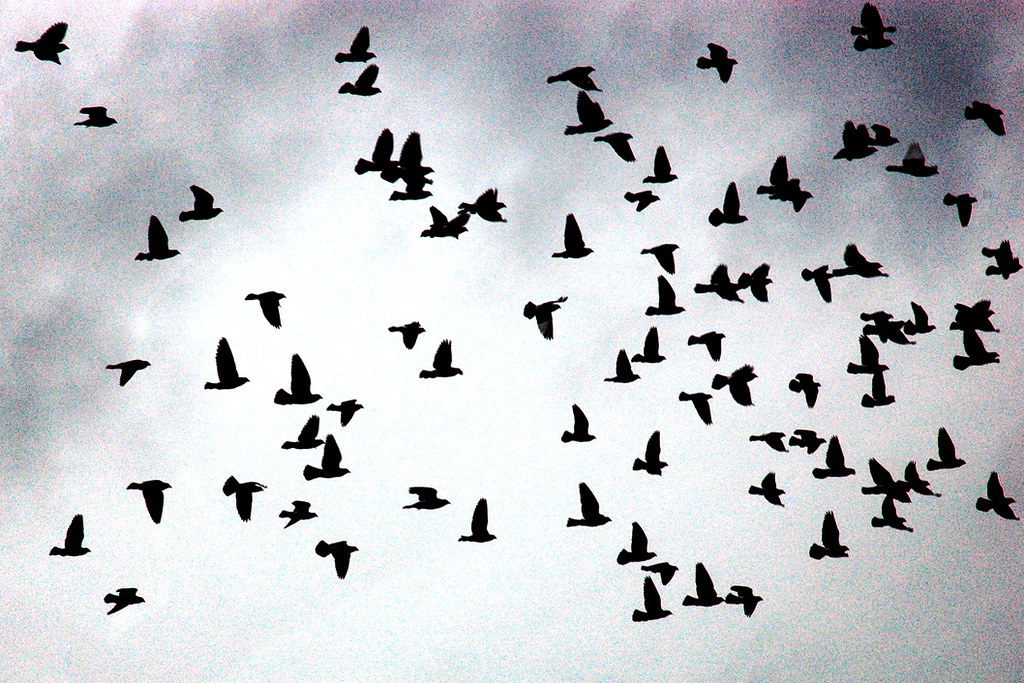Key takeaways
- Birds suffered huge losses when we cut forests, drained wetlands, and used dangerous chemicals.
- Banning DDT and other pesticides helped merlin falcons return to towns and cities.
- Forest regrowth and protected big trees let pileated woodpeckers thrive near homes.
- Wetland protection and hunting laws allowed sandhill cranes to recover in farmlands.
- This bird comeback proves nature can heal when we restore habitats and stop harmful practices.
Bird Comeback: Nature’s Return to Our Neighborhoods
In the 1970s, many bird species disappeared from villages and farms. People cleared forests, drained marshes, shot birds for sport, and used toxic chemicals. As a result, bird numbers plunged. However, thanks to new laws and cleaner habitats, falcons perch on lamp posts, woodpeckers drum on telephone poles, and cranes wade through restored wetlands. This bird comeback shows that wildlife can bounce back when people protect nature.
Bird Comeback: Falcons on City Streets
Merlins are small falcons that hunt songbirds. In the 1960s, DDT weakened their eggshells and few chicks survived. Then governments banned DDT and other toxic sprays. Soon merlins began nesting in old crow nests atop tall spruce trees near towns. In Ontario, their numbers rose by almost 4 percent each year for decades. As a result, merlins spread across eastern Canada and into New York and New England.
Moreover, people stopped shooting raptors for bounties or sport. By the 1970s, laws protected birds of prey and public opinion shifted. Today, visitors gather to watch migrating hawks instead of shooting them. Meanwhile, city crows built many new nests, which merlins gladly reuse. In fact, this synergy helped fuel the rapid bird comeback of merlins in our towns.
Bird Comeback: Woodpeckers in Suburbs
Pileated woodpeckers are large black birds with red crests. They need big dead trees to dig nesting holes and find insects. In the early 1900s, cutting old forests left them with almost no home. Yet as eastern woodlands regrew, these woodpeckers found fresh habitat. At the same time, people stopped shooting them.
Today pileated woodpeckers tap on suburban trees and visit backyard feeders. Their return benefits other wildlife, too. Many small birds and mammals move into the abandoned woodpecker cavities each year. As a result, these woodpeckers serve as keystone engineers. Their presence highlights how letting forests grow back can spark a powerful bird comeback.
Bird Comeback: Cranes in Farmland
Sandhill cranes stand over four feet tall and once teetered on the edge of extinction in the eastern U.S. Farmers drained marshes for crops, and hunters called them “ribeye of the sky.” By the 1930s, only a few dozen breeding pairs remained in remote wetlands. However, wetland protection laws and conservation programs reversed this trend.
Laws like the Clean Water Act halted further wetland drainage. Meanwhile, programs paid landowners to restore marshes and grasslands. Hunting rules and international treaties made crane shooting illegal. As a result, cranes now forage on golf courses and field edges. In fact, more than 90,000 sandhill cranes roam North America today. This bird comeback shows that a few legal changes can yield huge rewards.
Why This Bird Comeback Matters
Other species made surprising returns, too. Canada geese, trumpeter swans, bald eagles, ospreys, and peregrine falcons all recolonized old habitats. They owe their success to cleaner water, safer chemicals, and legal protection. Moreover, people grew to admire these birds instead of viewing them as pests.
As urban lights dim and windows get safer, more birds may return to our towns. Above all, the bird comeback teaches us that reversing past harms works. By restoring habitats, banning harmful substances, and changing attitudes, we can bring more wildlife back to everyday life.
Frequently Asked Questions
What actions helped jumpstart the bird comeback?
Protecting wetlands and forests, banning DDT and similar pesticides, and enforcing hunting laws all played a key role.
Can other wildlife benefit from these bird recoveries?
Yes. When keystone species like woodpeckers return, they create homes that help many other birds and mammals.
Will urban areas continue to see more bird species return?
Likely yes. As cities improve green spaces, reduce light pollution, and use bird-friendly building designs, more species can thrive in towns.
How can I help with the bird comeback near my home?
Plant native trees and shrubs, keep feeders clean, avoid pesticides, and support local habitat restoration projects.

